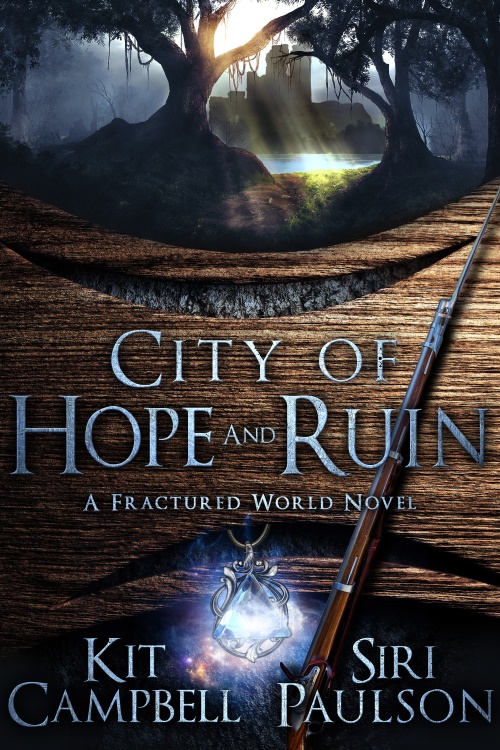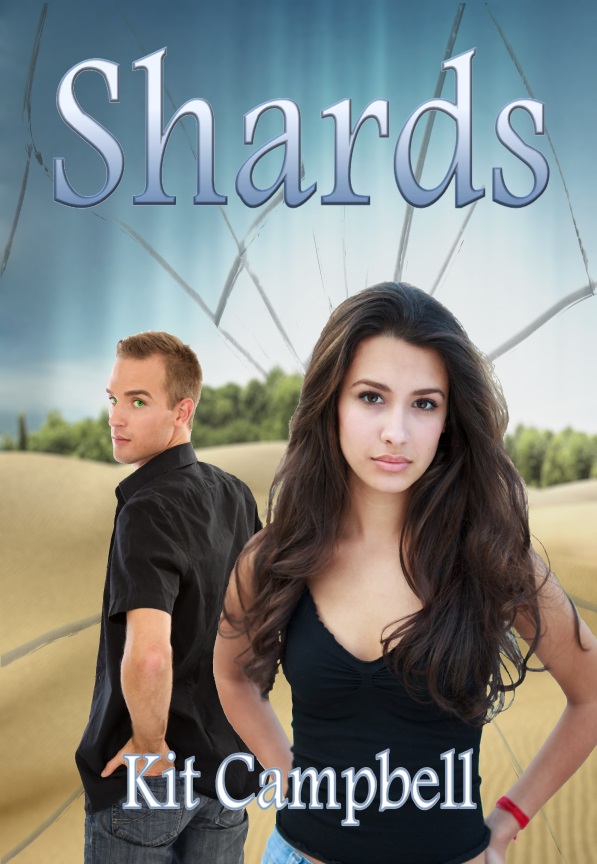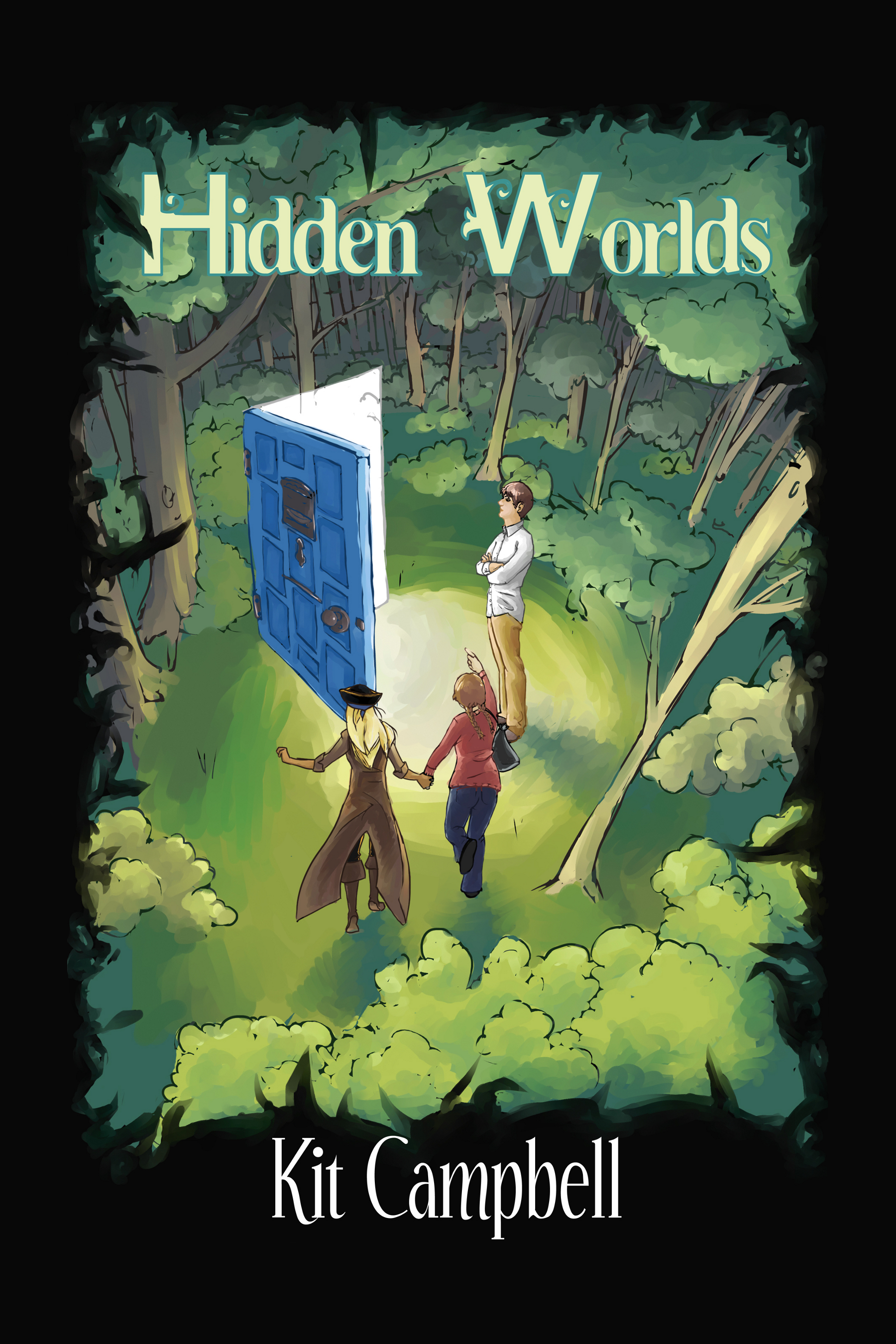Steampunk, like Alternative History (that we talked about last week), is a subgenre that spans science fiction and fantasy but does not truly belong to either. It can often be found mixed with Alternative History as, to quote Wikipedia, “Specifically, steampunk involves an era or world where steam power is still widely used—usually the 19th century and often Victorian era Britain—that incorporates prominent elements of either science fiction or fantasy.” As such, historical events can be imagined with alternative technologies (ala The Leviathan Trilogy by Scott Westerfeld). Alternatively, writers can take a look at technologies that did not take off and envision what the world would be like if they had prevailed, or simply create a fantasy world based on an earlier time period/earlier technology of our world with their own rules.
Steampunk eludes me a bit. I can tell when something is steampunk (I recommend The Glass Books of the Dream Eaters by Gordon Dahlquist if you’ve not read it) and I can tell you some things that steampunk tends to embody (Victorian Era, steam-powered devices – often beyond the level of technology appropriate for that time period, sometimes tends to emulate the styles/literary devices of Jules Verne and/or HG Wells, etc.) but on some level I find it difficult to quantify.
I almost feel like it lends itself better to visual mediums than literature, such as comics (like the Hugo Award-winning Girl Genius by Phil and Kaja Foglio), costuming, or artwork. There’s just something about gears and goggles that, on some level, thrills me.
It’s fairly fluid, much like all speculative genres/subgenres. In general, it takes place in the Victorian Era, but it doesn’t have to. It can take place in the future. It can take place in the Old West (though some will argue that this corresponds to the Victorian Era, but the two are different enough that I wouldn’t make that statement). It can take place on another planet. In general, it involves steam technology, but I’ve also seen it done with robots, chemistry, and genetic sequencing. It can be in this world or a made-up world or on the moon. There’s a feel to it where, even if the specifics don’t match the “official” definition, you can tell.
Steampunk’s big right now, and I’ll tell you why I think that is. The trend has been to tell the future, but technology changes on a daily basis. Many things that science fiction of the past century predicted are here, from Jules Verne’s submarines to mobile communication devices and cars that drive themselves. (Sadly, not HG Wells’ time machine or Star Trek’s transporters.) It’s near impossible to predict what science is going to come up with next. Steampunk allows authors a chance to play with technology in a more controlled setting and appeals to people who like to know whats happening, but perhaps feel like it’s impossible to keep up.
What are your favorite Steampunk novels, Squiders? Why do you think it’s been the breakout subgenre of the 21st century?
(Also, I apologize for this being late. I got most of the way through and then learned I’d sold my first short story, and that was distracting for a good two hours.)




Pingback:Subgenre Study: Paranormal « Where Landsquid Fear to Tread
Pingback:Subgenre Study: Space Western « Where Landsquid Fear to Tread
Pingback:Subgenre Study: Space Western « Where Landsquid Fear to Tread